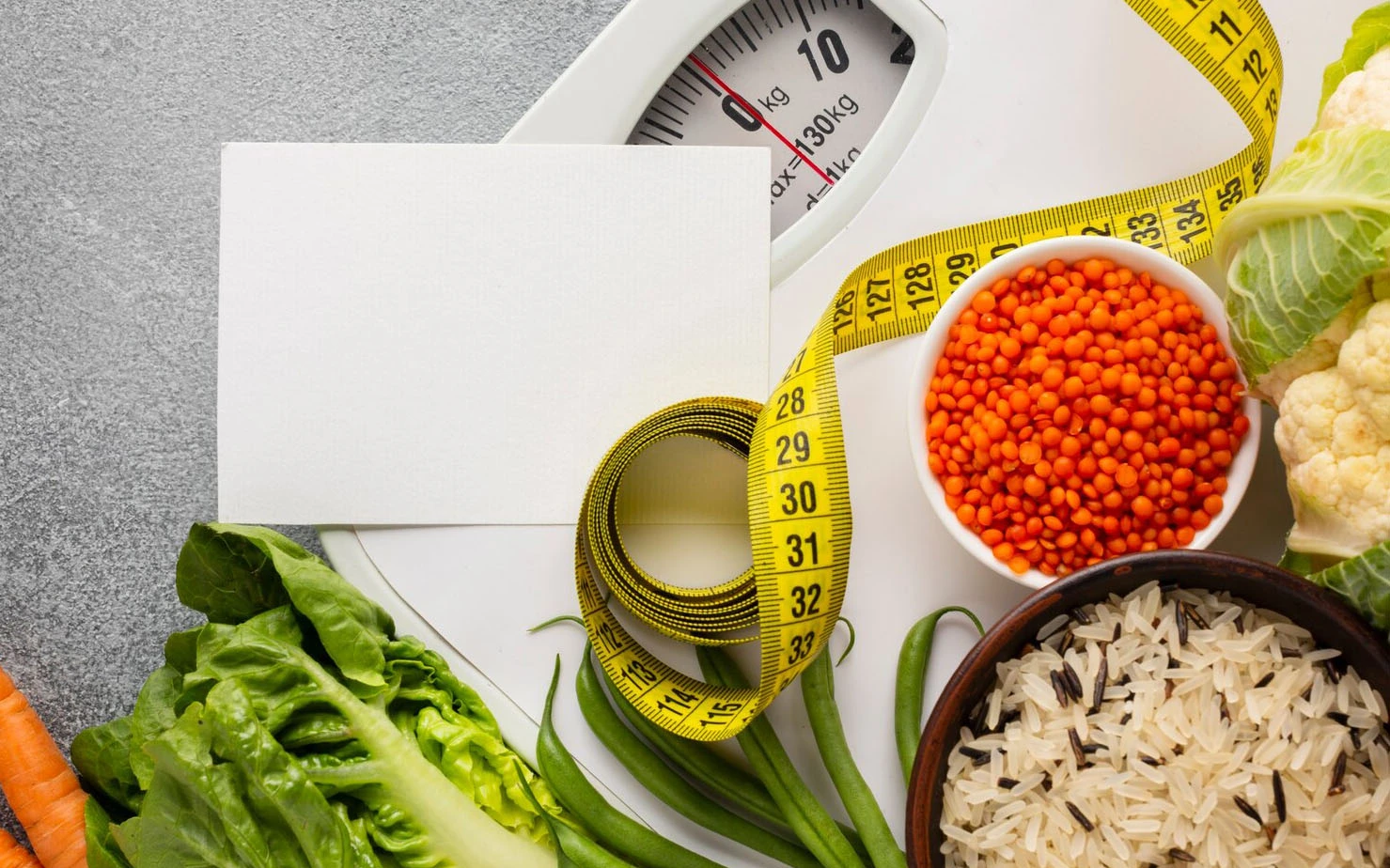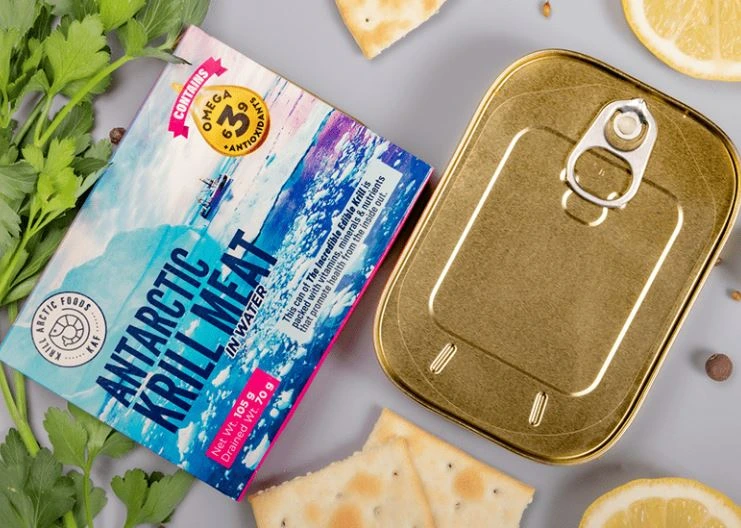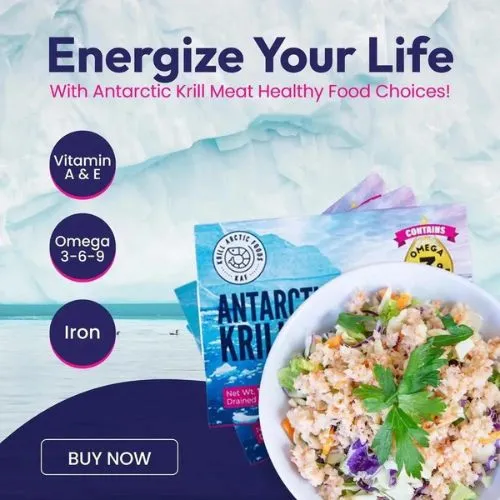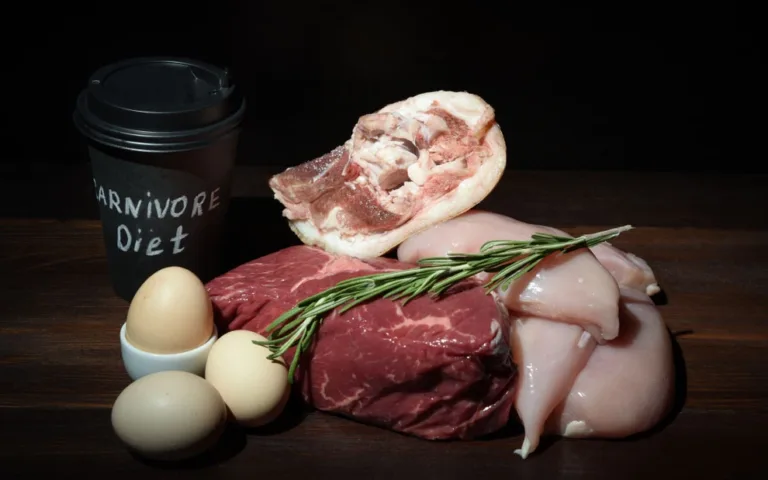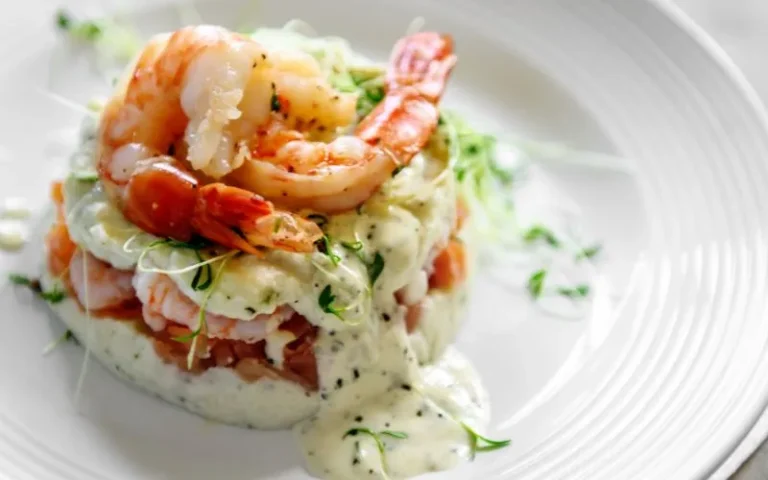In the ever-evolving world of nutrition and weight loss, a new diet plan often emerges, promising better health and quicker results. Among these, the 90 30 50 Diet Plan has recently gained attention for its balanced approach to eating and sustainable weight loss. But what exactly is this diet, and how can it help you achieve your fitness goals? Let’s delve into the specifics of this dietary plan and explore how it can be a game-changer in your weight loss journey.
Introduction to the 90 30 50 Diet
The 90 30 50 Diet focuses on a specific macronutrient ratio: 90 grams of protein, 30 grams of fat, and 50% of your daily calories from carbohydrates. This distribution aims to create a balanced diet that supports weight loss while maintaining muscle mass and energy levels. Originating from the insights of nutrition experts and popularized through social media platforms like Instagram and TikTok, this diet has helped countless individuals transform their lifestyles and bodies.
The Principles of the 90 30 50 Diet
At its core, the 90 30 50 Diet emphasizes the importance of macronutrient balance in every meal.
- By consuming 90 grams of protein, you ensure your muscles are fed, and your metabolism is boosted.
- The 30 grams of healthy fats contribute to satiety and hormone regulation.
- The 50% carbohydrate intake provides energy for daily activities and workouts.

Benefits of the 90 30 50 Diet
Adherents of the 90 30 50 Diet report numerous benefits, including significant weight loss, increased energy levels throughout the day, and an overall improvement in metabolic health. By focusing on nutrient-dense foods and balanced meals, individuals also notice decreased cravings and an improved relationship with food.
- Significant Weight Loss: Many individuals report losing weight effectively on the 90-30 50 Diet, as the specific macronutrient ratio helps to optimize metabolism and reduce fat storage.
- Improved Energy Levels: By balancing carbohydrates, proteins, and fats, the diet maintains steady energy levels throughout the day, reducing the mid-afternoon energy slump often experienced on more restrictive diets.
- Enhanced Metabolism: The increased protein intake is essential for boosting metabolic rate, as it requires more energy to digest than fats or carbohydrates, thus burning more calories even at rest.
- Reduced Cravings: The balanced approach to macronutrients, especially the inclusion of adequate healthy fats and proteins, helps to keep hunger and cravings at bay, making it easier to stick to the diet plan.
- Better Muscle Maintenance: The 90 30 50 Diet focuses on High protein intake and supports muscle maintenance and growth, which is crucial for those incorporating strength training into their fitness routine.
- Increased Satiety: The recommended foods’ high protein and fiber content leads to increased feelings of fullness, which helps reduce overall calorie intake without feeling deprived.
- Improved Nutrient Intake: Emphasizing whole, nutrient-dense foods means the diet is rich in vitamins, minerals, and antioxidants, supporting overall health beyond just weight loss.
- Flexibility and Variety: Unlike many restrictive diets, the 90 30 50 Diet offers flexibility in food choices, allowing individuals to enjoy various meals and snacks that suit their tastes and preferences.
- Supports Long-Term Habits: By focusing on balance rather than restriction, the diet encourages sustainable eating habits that can be maintained long-term, supporting ongoing health and wellness.
Key Components of the Diet
The diet recommends consuming healthy fats found in foods like avocados, nuts, Krill meat and olive oil. High-quality proteins from lean meats, fish, and legumes are essential for building and maintaining muscle mass. Complex carbohydrates, such as whole grains and vegetables, provide fiber and energy without spiking blood sugar levels.
Planning Your Meals on the 90 30 50 Diet
Creating a meal plan for this diet involves balancing the macronutrient distribution across all meals. A typical day might include:
- A breakfast of eggs and spinach.
- A lunch of grilled chicken with quinoa and vegetables.
- A dinner of salmon with sweet potatoes and broccoli.
Snacks could consist of Greek yogurt or a handful of almonds to keep energy levels steady.
Weekly Sample Menu for the 90 30 50 Diet Plan
Creating a weekly meal plan for the 90 30 50 Diet involves incorporating balanced meals that adhere to the macronutrient distribution of 90 grams of protein, 30 grams of fat, and 50% of daily calories from carbohydrates. This plan is designed to offer variety, ensure nutritional balance, and maintain interest in the diet. Below is a sample weekly plan that can be adjusted based on personal preferences and dietary needs.
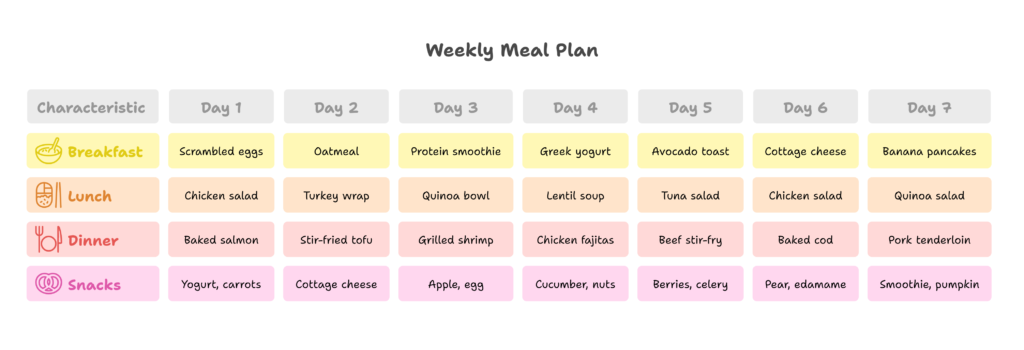
Day 1:
- Breakfast: Scrambled eggs with spinach and whole grain toast.
- Lunch: Grilled chicken salad with mixed greens, avocado, and vinaigrette dressing.
- Dinner: Baked salmon with quinoa and steamed broccoli.
- Snacks: Greek yogurt; carrot sticks with hummus.
Day 2:
- Breakfast: Oatmeal with almond butter and berries.
- Lunch: Turkey and avocado wrapped in a whole wheat tortilla; side of mixed fruit.
- Dinner: Stir-fried tofu with vegetables and brown rice.
- Snacks: Cottage cheese with pineapple and a small handful of almonds.
Day 3:
- Breakfast: Protein smoothie with spinach, banana, protein powder, and almond milk.
- Lunch: Quinoa bowl with black beans, corn, tomatoes, and cilantro.
- Dinner: Grilled shrimp over mixed greens with a side of sweet potato.
- Snacks: Apple slices with peanut butter and a boiled egg.
Day 4:
- Breakfast: Greek yogurt with granola and mixed berries.
- Lunch: Lentil soup with a side of whole grain bread.
- Dinner: Chicken fajitas with peppers, onions, and whole wheat tortillas.
- Snacks: Sliced cucumber with tzatziki; a small serving of mixed nuts.
Day 5:
- Breakfast: Whole grain toast with avocado and poached eggs.
- Lunch: Tuna salad over mixed greens with olive oil and lemon dressing.
- Dinner: Beef stir-fry with a variety of vegetables served over barley.
- Snacks: Berries with a dollop of whipped coconut cream; celery sticks with almond butter.
Day 6:
- Breakfast: Cottage cheese with sliced peaches and a sprinkle of chia seeds.
- Lunch: Chicken Caesar salad with homemade dressing and whole grain croutons.
- Dinner: Baked cod with roasted Brussels sprouts and wild rice.
- Snacks: A pear; a serving of edamame.
Day 7:
- Breakfast: Banana pancakes made with almond flour and topped with a small amount of maple syrup.
- Lunch: Mediterranean quinoa salad with cucumber, kalamata olives, feta cheese, and tomatoes.
- Dinner: Pork tenderloin with roasted carrots and a side of farro.
- Snacks: A smoothie with kale, pineapple, and coconut water; a handful of pumpkin seeds.
This weekly plan incorporates a variety of foods to ensure a balanced intake of macronutrients, keeping in line with the 90 30 50 Diet’s guidelines. Adjusting portion sizes to meet your specific calorie and macronutrient needs is important. Remember, hydration is key to weight loss and overall health, so drink plenty of water throughout the day.
Additionally, feel free to modify the plan based on dietary restrictions, allergies, or personal taste preferences to ensure the sustainability and enjoyment of your meals.
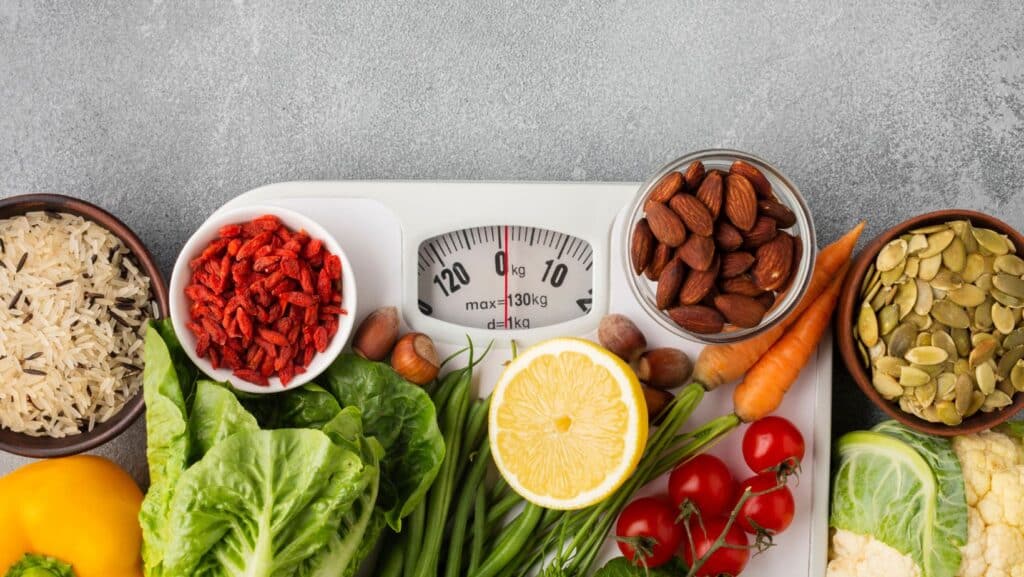
Exercise and the 90 30 50 Diet
While diet plays a crucial role in weight loss, incorporating exercise is vital for optimal results. The 90-30-50 Diet pairs well with cardiovascular and strength-training exercises, helping burn fat and build muscle simultaneously.
Tracking Progress and Adjustments
Monitoring your progress is key to the success of any diet plan. This includes keeping track of weight loss, energy levels, and how you feel overall. Adjustments, such as tweaking macronutrient ratios or incorporating new foods and recipes, may be necessary to ensure continued success.
Common Challenges and How to Overcome Them?
Common hurdles include managing cravings and navigating social events to meet your plans. Overcoming these challenges involves preparation and mindset shifts. Healthy snacks and understanding the difference between hunger and boredom can be crucial for cravings. When dining out, planning by reviewing the menu and making informed choices helps maintain adherence to the diet without sacrificing social engagements.
Conclusion
The 90 30 50 Diet offers a balanced approach to nutrition that supports weight loss, muscle maintenance, and overall health through its focus on macronutrient distribution. Encouraging a variety of whole, nutrient-dense foods not only aids in achieving weight loss goals but also fosters sustainable eating habits. This diet plan underscores the importance of flexibility and balance, making it a viable option for those looking to lose weight without sacrificing their love for food.
Ultimately, the success of the 90 30 50 Diet hinges on consistency, mindful eating, and integrating regular physical activity, paving the way for a healthier lifestyle and long-term well-being.

